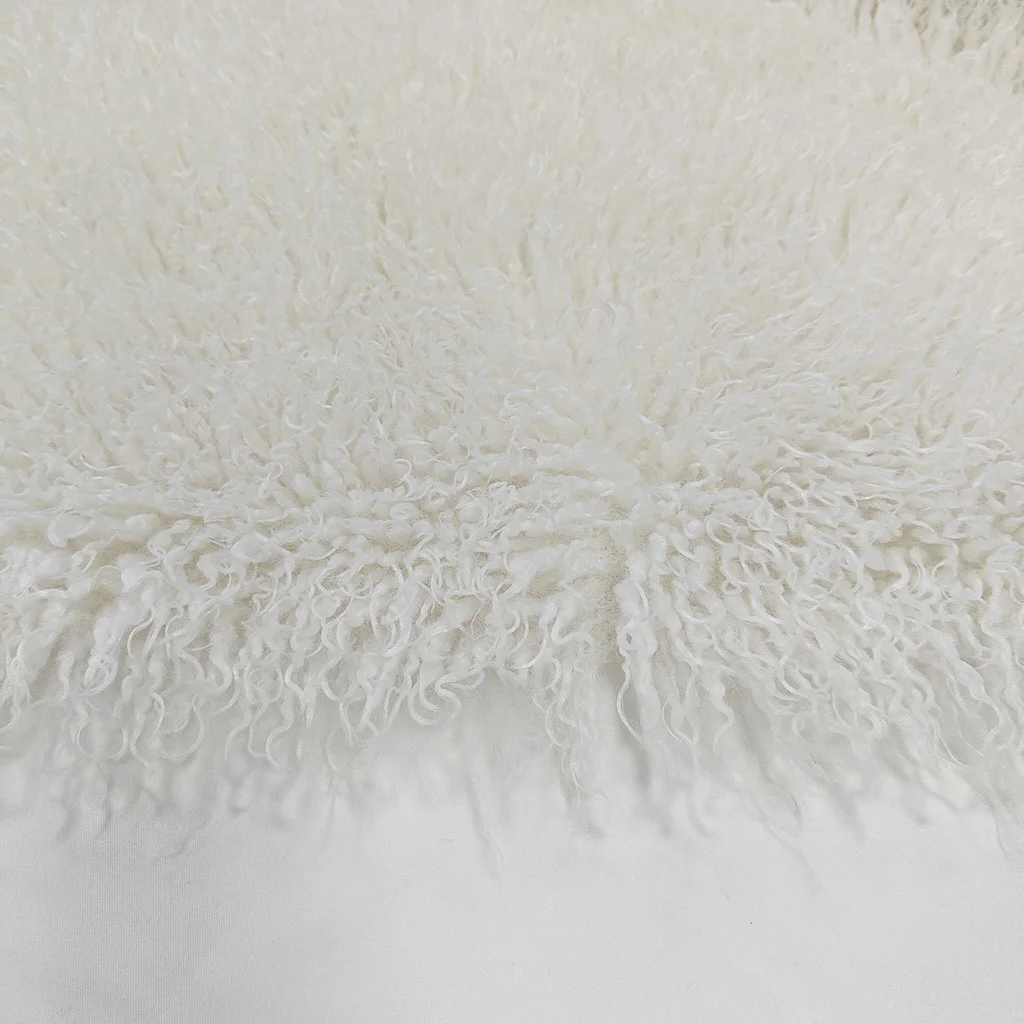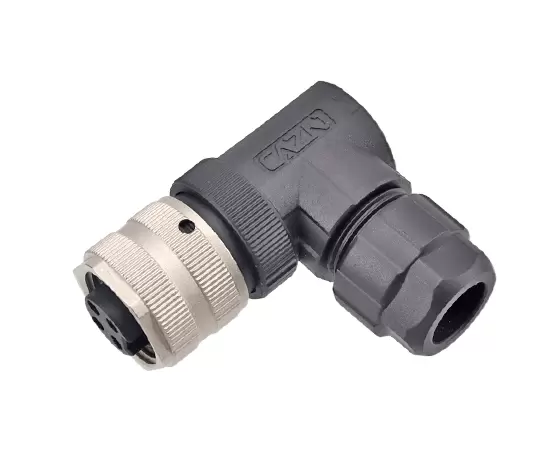In today's diverse and ever-evolving professional world, understanding and adhering to appropriate dress codes is crucial. Dress codes not only reflect a company's culture and values but also play a significant role in creating a positive impression and fostering professionalism. This article aims to delve into the various types of dress codes, their significance, and provide practical insights for navigating them.
- Business Formal:
Business formal dress code, also known as "black tie" attire, is typically reserved for formal events, such as galas or award ceremonies. It requires individuals to dress in elegant and sophisticated attire. For men, this entails wearing a tuxedo, formal shirt, bowtie, and polished dress shoes. Women are expected to wear floor-length gowns or formal cocktail dresses, paired with appropriate accessories.
Significance: Business formal dress code sets the tone for upscale events, emphasizing elegance, professionalism, and respect for the occasion.
- Business Professional:
Business professional dress code, often referred to as "corporate attire," is commonly seen in traditional office environments. It calls for a polished and conservative appearance. Men are expected to wear tailored suits, dress shirts, ties, and formal shoes. Women should opt for tailored suits, pantsuits, or knee-length skirts paired with blouses, closed-toe shoes, and minimal accessories.
Significance: Business professional dress code conveys a sense of authority, competence, and dedication to one's work. It promotes a professional atmosphere and instills confidence among employees.
- Business Casual:
Business casual dress code strikes a balance between formal and informal attire. It is commonly adopted in creative industries, startups, or casual work environments. Men can opt for dress pants or khakis, paired with collared shirts, sweaters, and loafers. Women have the flexibility to wear dress pants, skirts, blouses, sweaters, or dresses, along with closed-toe shoes or dressy sandals.
Significance: Business casual dress code encourages a relaxed yet professional atmosphere, fostering creativity, and allowing for individual expression while maintaining a level of professionalism.
- Smart Casual:
Smart casual dress code is a step down from business casual and is often seen in industries with a more relaxed work culture. It allows for a greater degree of personal style and self-expression. Men can wear dress pants or chinos, paired with a collared shirt, blazer, and loafers or dress shoes. Women have the freedom to wear dress pants, skirts, blouses, blazers, or dresses, along with heels, flats, or stylish sneakers.
Significance: Smart casual dress code promotes a comfortable and approachable environment, encouraging creativity and fostering a sense of individuality while maintaining professionalism.
- Casual:
Casual dress code is the most relaxed and informal of all dress codes. It is typically found in industries such as tech startups or creative fields. Men can wear jeans or khakis, paired with polo shirts, casual shirts, or t-shirts, along with sneakers or loafers. Women have the flexibility to wear jeans, skirts, dresses, or casual tops, paired with flats, sandals, or stylish sneakers.
Significance: Casual dress code encourages a laid-back and comfortable atmosphere, promoting a sense of camaraderie and allowing individuals to express their personal style.
Conclusion:
Understanding the different types of dress codes and their significance is essential for navigating professional environments successfully. Adhering to the appropriate dress code not only showcases respect for the company's culture but also helps create a positive impression and fosters professionalism. By decoding dress codes, individuals can confidently dress for success in any professional setting.




More Stories
Top Trends Using Curly Wool Fabric in Winter Fashion and Home Textiles
Why Parents Love Indoor Naughty Forts for Playtime
Why Recycled Suede is the Future of Eco-Friendly Fashion